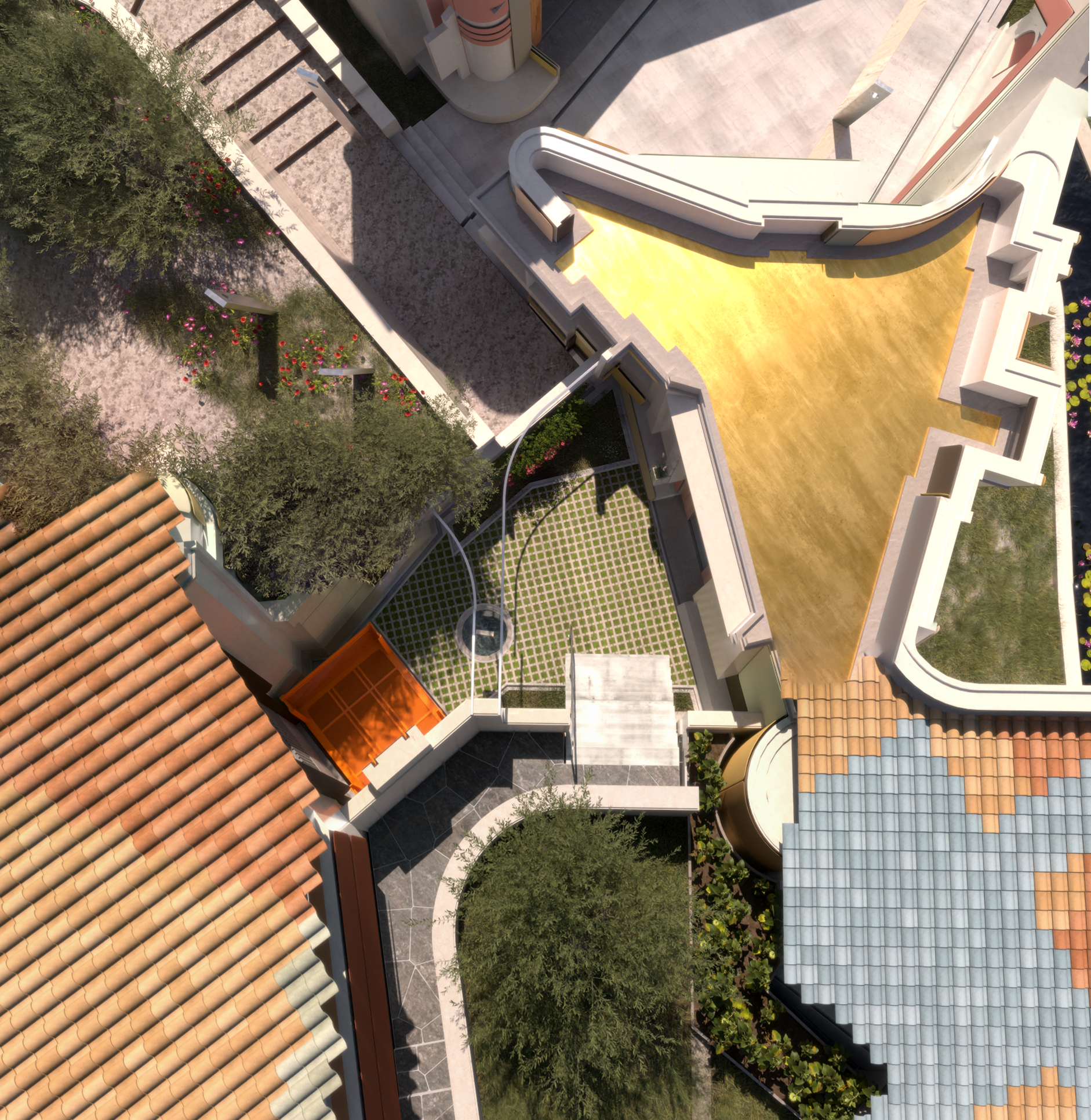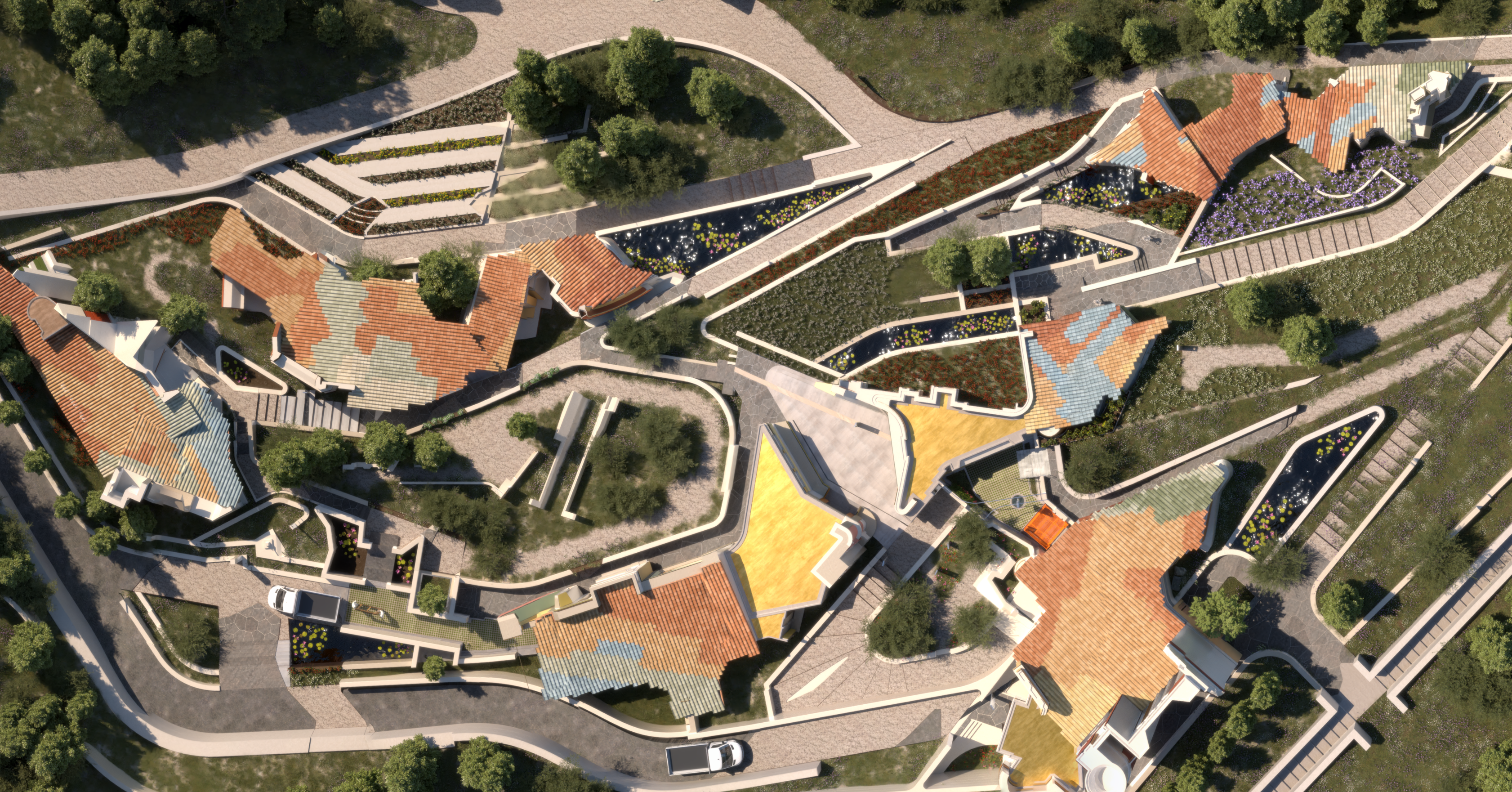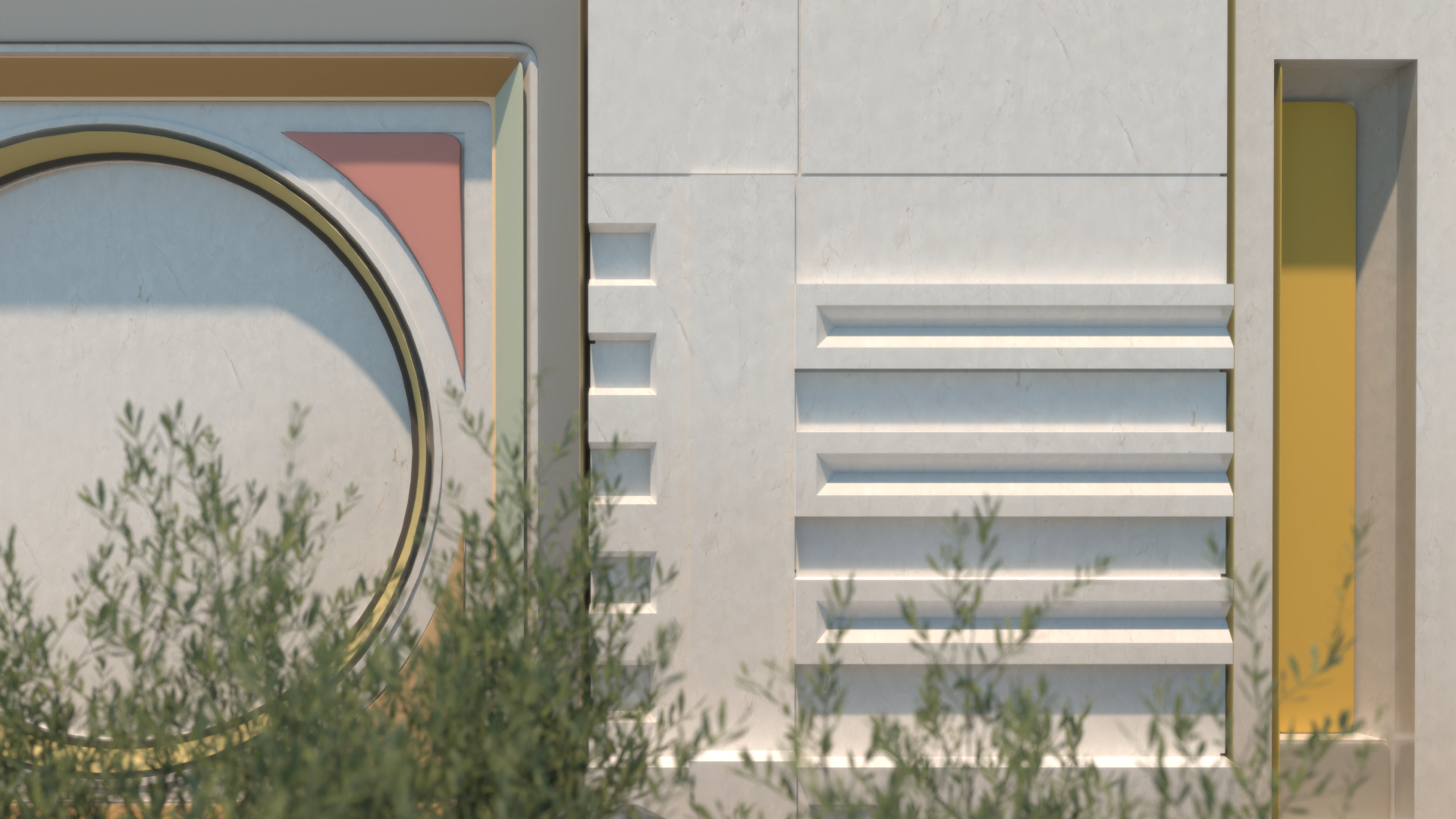REFRAMING FLORENCE: THE EYE AS ARCHITECT
Reframing florence is an exploration into the use of eye-tracking to create individualised intrepretations of architectural form. Utilised in the recomposition of local vernacular into new architectural configurations. Ultimating taking form as a frame-making facility serving the galleries in Florence.
I explore the gaze as a tool. Utilising a bespoke eye-tracking headset, the gaze is integrated into the design process. A fixation capture system allows users to compose new architectures based on unique perspectives captured through experiences within the city. Emphasising the significance of the individualised perspective, not simply the physical form.
In part, the project also serves as an investigation into the integration of eye-tracking into architectural design. With the intention of better understanding the nature of human perception in spatial contexts. The full process is concisely summarised in the portfolio film shown here.
The project utilised a custom headset designed and refined through the research process. Composed of SLS nylon printed componentry for flexibility. The modular framework allowed new components to be manufactured through the research process to suit particular circumstances.
The Eye Model
Utilising realtime eye-tracking through Python, the data can be streamed into different software for analysis and manipulation. Here, Grasshopper is utilised to map the gaze in 3D.
Viewings of Florence
Digital viewings of the Florentine vernacular used the fixations from the gaze to generate an personalised vernacular library, constructed from seen fragments of Florence.
These fragments each host unique identifying metadata, denoting their source, how long they were fixated upon, the viewing angle and view distance.

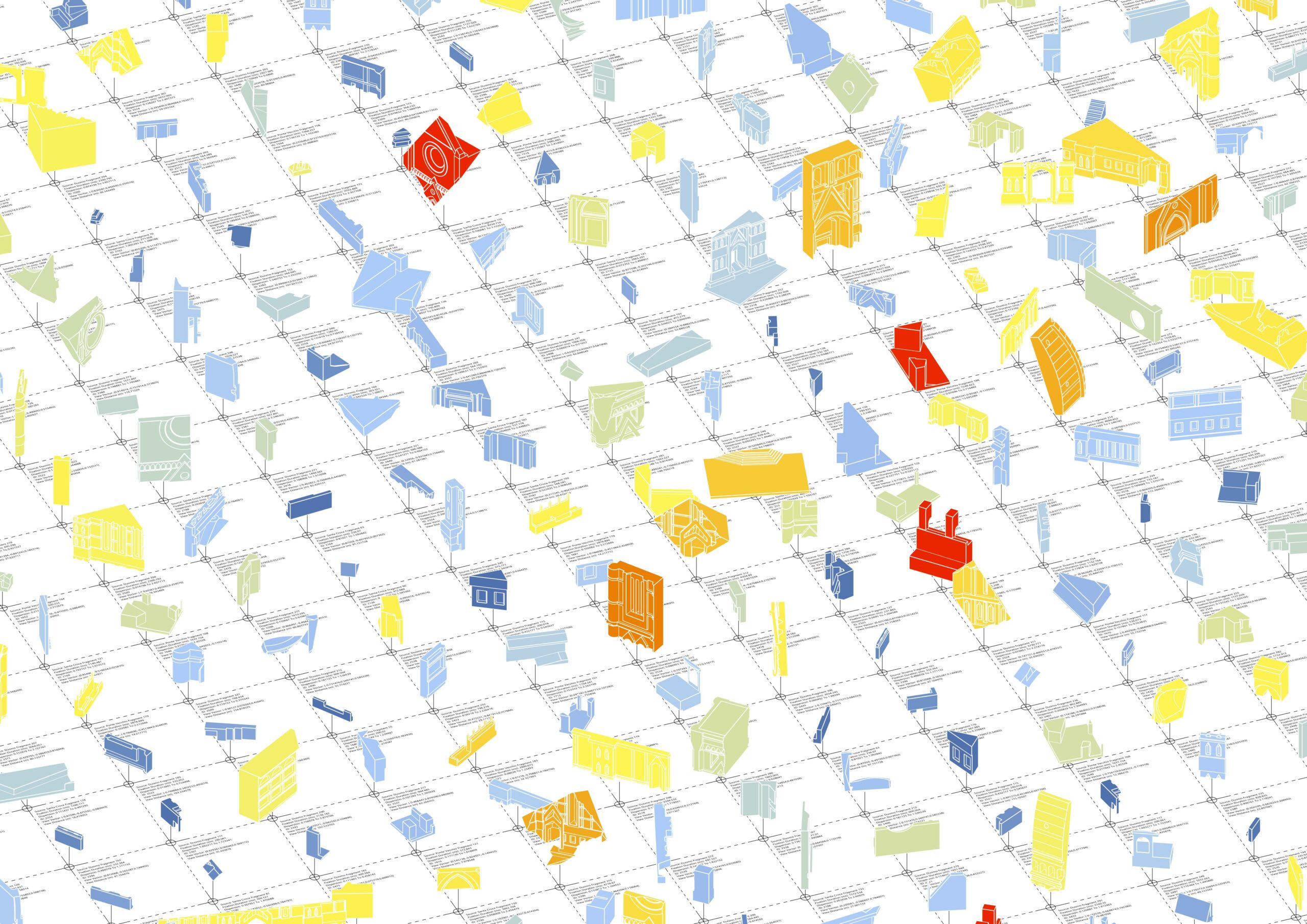
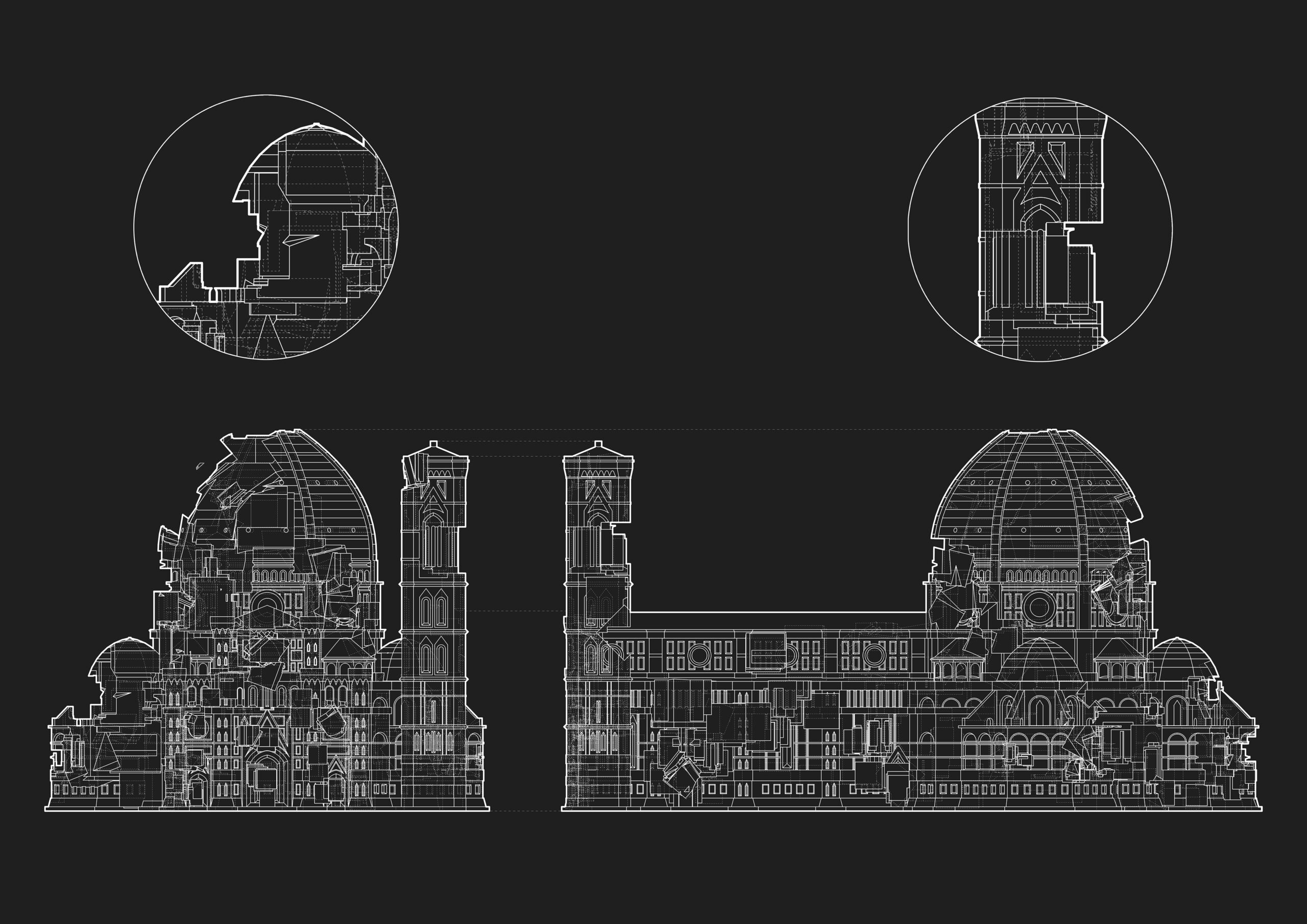
Orient Capture Tool
A tool was developed to allow for the recomposition of the fragments into new architectural forms.
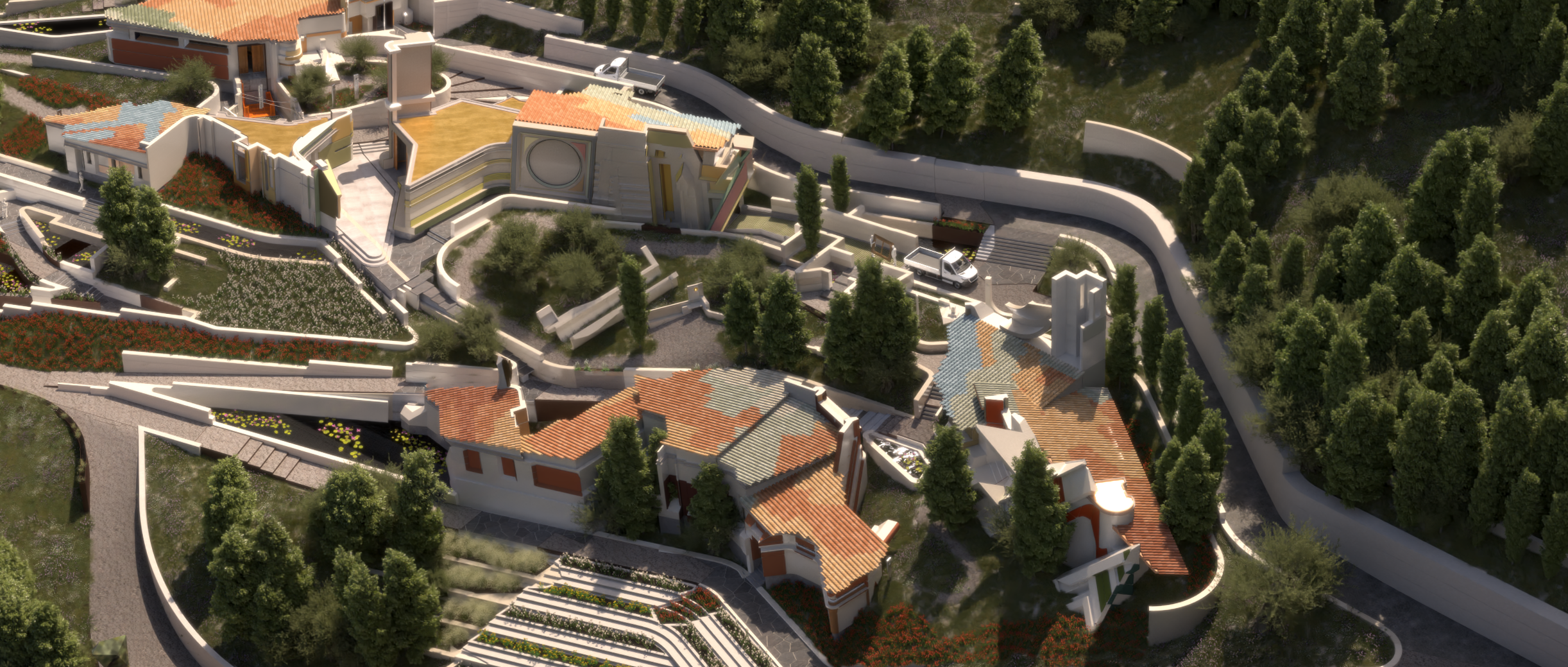
Recomposing the Captured Fragments
Fragments from the viewings are recomposed through an analysis of the site to form new architectures sensitive to Florence’s protected vernacular.
